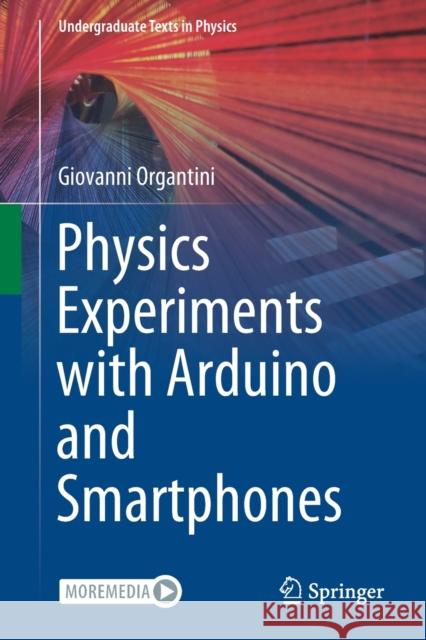Physics Experiments with Arduino and Smartphones » książka
topmenu
Physics Experiments with Arduino and Smartphones
ISBN-13: 9783030651398 / Angielski / Miękka / 2021 / 400 str.
Kategorie:
Kategorie BISAC:
Wydawca:
Springer
Seria wydawnicza:
Język:
Angielski
ISBN-13:
9783030651398
Rok wydania:
2021
Wydanie:
2021
Numer serii:
000826172
Ilość stron:
400
Waga:
0.57 kg
Wymiary:
23.39 x 15.6 x 2.13
Oprawa:
Miękka
Wolumenów:
01
Dodatkowe informacje:
Wydanie ilustrowane











